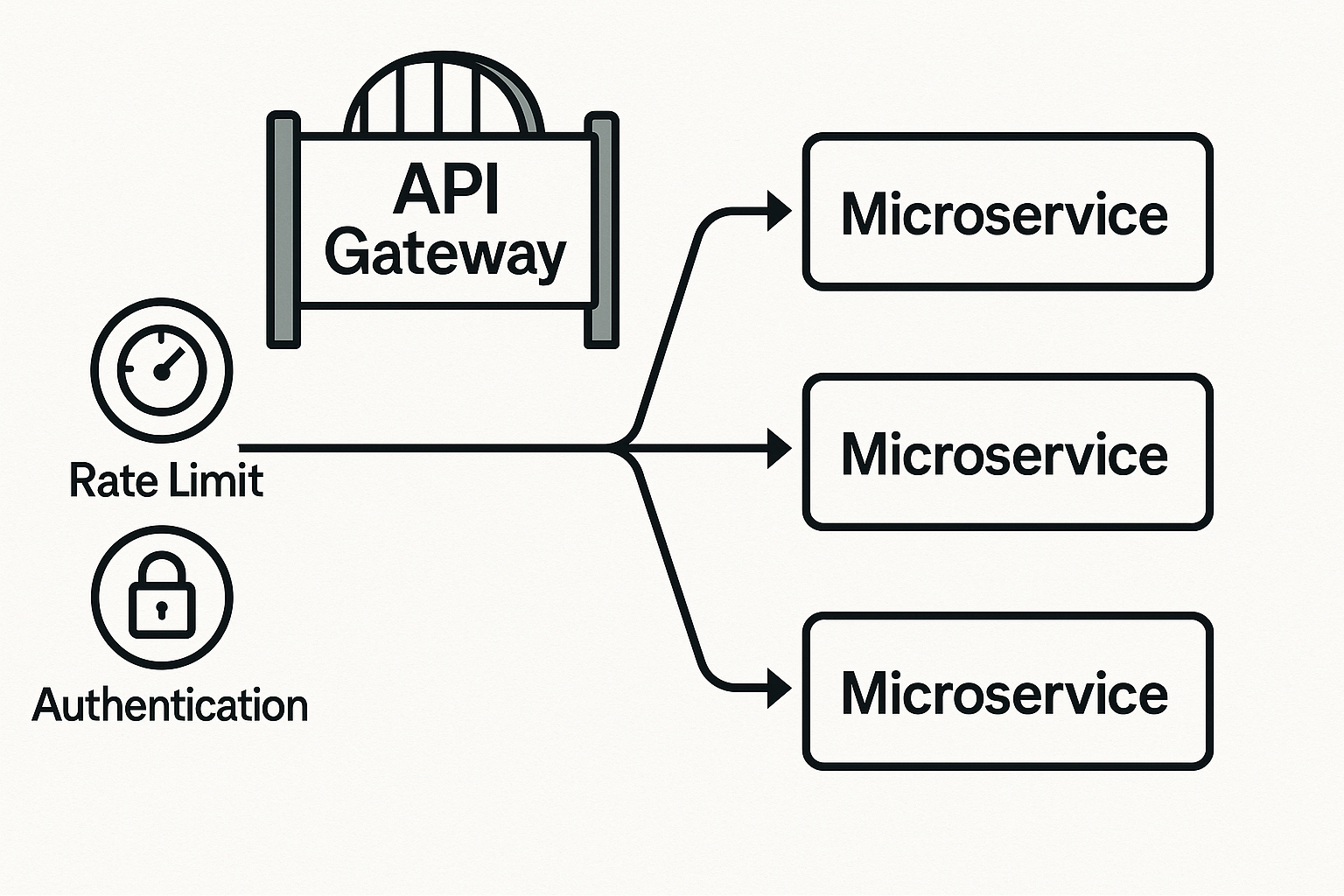Programmatic SEO defined: automation vs spam
Programmatic SEO is the process of generating SEO-optimized pages at scale using data-driven templates. It powers travel aggregators, real estate listings, SaaS feature pages, and comparison websites.
⚠️ Common misconception: programmatic SEO = spammy auto-generated content.
- Spam: Thousands of low-quality pages stuffed with keywords, offering little value.
- Ethical programmatic SEO: Automated page generation backed by unique data, user intent, and genuine utility.
The difference is quality and value, not automation itself.
Ethical frameworks: value-first programmatic content
To avoid penalties, developers should align with Google’s E-E-A-T principles:
- Experience: Pages must reflect real user needs, not just keywords.
- Expertise: Include accurate data or authoritative references.
- Authoritativeness: Support content with strong internal linking and sources.
- Trust: Ensure transparency, freshness, and reliability.
A value-first approach means each generated page:
- Targets a real search intent.
- Provides structured, useful data.
- Avoids duplicate/thin content by ensuring contextual variety.
Technical architecture for SEO content at scale
Database design for SEO-optimized content
- Store entities (e.g., cities, products, features) with unique identifiers.
- Add SEO fields: title, slug, meta description, primary keyword.
- Maintain content blocks (intro, body, FAQ, CTAs) as templates.
- Track last updated timestamps for freshness signals.
Template systems and content generation logic
- Templates control structure (H1, H2, schema).
- Variables pull from the database (e.g.,
{{city_name}} hotels under $100). - Include fallback logic to prevent empty sections.
Example (pseudocode):
<Page>
<H1>{city} Affordable Hotels</H1>
<p>Find the best budget-friendly stays in {city}, updated {last_updated}.</p>
<List hotels={hotels} />
</Page>
Content strategy: topics, keywords, and quality gates
- Topics: Choose high-intent, repeatable entities (cities, categories, product features).
- Keywords: Cluster by search intent (informational, transactional).
- Quality gates:
- Minimum data threshold per page.
- Automated content checks (grammar, duplicate detection).
- Manual review for sample sets.
The gatekeeper principle: If the page wouldn’t satisfy you as a user, don’t publish it.
Implementation with code examples
Next.js/Nuxt dynamic page generation
Using Next.js getStaticPaths for programmatic routes:
export async function getStaticPaths() {
const cities = await getCities();
return {
paths: cities.map((c) => ({ params: { slug: c.slug } })),
fallback: false,
};
}
Each path corresponds to an SEO-friendly page like /hotels-in-paris.
Headless CMS integration patterns
- Store templates in a headless CMS (Sanity, Strapi).
- Sync with database for structured content.
- API-driven approach: CMS handles copywriting fields; DB handles scalable data.
This hybrid keeps content editable while still programmatic.
Technical SEO considerations: crawlability, indexation
- XML sitemaps: Update dynamically with new entries.
- Robots.txt: Block low-value routes (e.g.,
/api/,/drafts/). - Pagination & canonical tags: Prevent duplicate content.
- Structured data (schema.org): Add FAQ, Product, Review schemas.
Quality control: avoiding thin content penalties
- Don’t auto-generate pages with <300 words + no unique value.
- Use conditional rendering to hide sections if data is missing.
- Enrich with internal linking and related entities.
- Monitor bounce rate + time on page to flag weak pages.
Monitoring and analytics for programmatic sites
- Track indexation rate in Google Search Console.
- Use crawl simulators (Screaming Frog) to detect orphan pages.
- Monitor keyword performance by template type.
- Automate alerts for pages with high impressions but low CTR.
Case studies: successful programmatic SEO examples
- Airbnb: City + property type combinations.
- Zapier: App-to-app integration pages (“Slack + Google Sheets”).
- G2: Software comparison and category pages.
All combine data + templates + quality control, not raw keyword stuffing.
Conclusion
Programmatic SEO is not spam—it’s automation applied responsibly. Developers can build scalable systems that generate thousands of useful, intent-driven pages by combining structured data, strong templates, and technical SEO.
The winners are teams that treat programmatic SEO as infrastructure, not as a growth hack.
FAQs
Is programmatic SEO against Google’s rules?
No—if the content is valuable. Spammy autogenerated text is penalized, but structured programmatic content is accepted.
How many pages should I generate?
As many as you can ensure meet quality thresholds. Scale should follow data, not arbitrary numbers.
Do I need a vector DB or RAG for programmatic SEO?
Not for basic sites. RAG/vector search helps if you want AI-driven answers layered on top of programmatic content.


